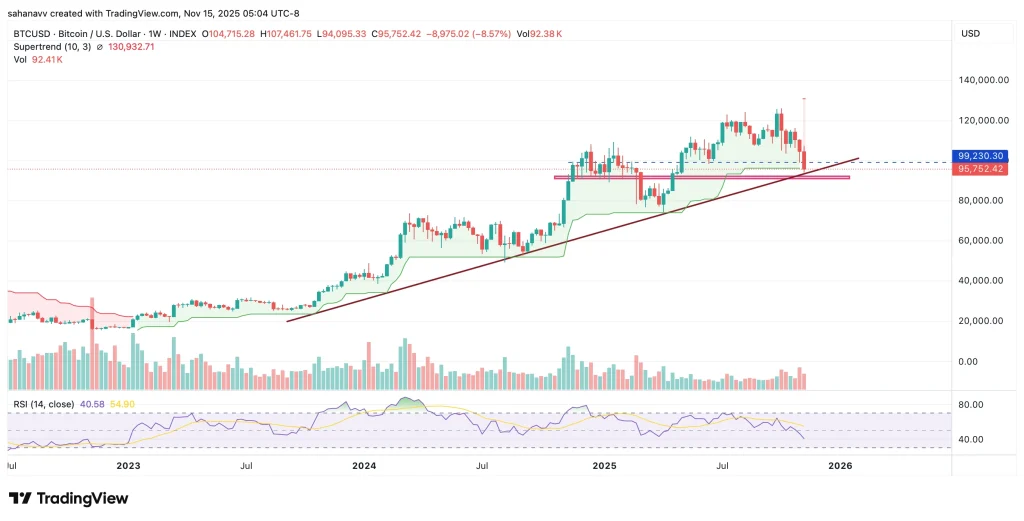Ethereum ETF inflows are driving ETH to outperform Bitcoin as institutions rotate capital into Ethereum-based ETFs, boosting price momentum and reducing Bitcoin’s market share. Significant daily institutional purchases have tightened ETH liquidity and shifted portfolio allocations, signaling a potential long-term rebalancing of crypto market dominance.
-
Ethereum outpaces Bitcoin in ETF inflows, signaling a capital rotation.
-
Institutional interest—including major asset managers—increases ETH ETF demand and liquidity.
-
Q3 2025: ETH price rose ~83% amid heavy ETF inflows; analysts highlight potential shifts in market dominance.
Meta description: Ethereum ETF inflows surge as institutions rotate capital into ETH, reshaping market dominance and price outlook — read data-driven analysis and expert insight from COINOTAG.
What are Ethereum ETF inflows and why do they matter?
Ethereum ETF inflows refer to net capital entering exchange-traded funds tied to ETH. These inflows matter because they represent institutional allocation, increase demand for ETH, and can materially affect price, liquidity, and market share relative to Bitcoin in short and medium terms.
How are institutional flows impacting Bitcoin dominance?
Institutional flows into ETH ETFs have coincided with notable outflows from some Bitcoin products, prompting a measurable decline in Bitcoin’s dominance percentage. Public filings show asset managers increased exposure to Ethereum ETFs, with one-day institutional purchases exceeding $1 billion. This rotation compresses BTC allocation in diversified crypto portfolios and alters market sentiment.
Why did Ethereum gain more ETF inflows than Bitcoin?
Ethereum’s utility, evolving regulatory clarity for ETH products, and yield opportunities from staking and DeFi integrations have made ETH ETFs attractive. Short-term catalysts included coordinated large buys by institutional managers and positive on-chain signals showing reduced circulating supply velocity. Analysts cite transparency in ETF structures and diversified exposure as additional drivers.
What are the immediate market effects of this rotation?
Immediate effects include an 83% price increase for ETH in Q3 2025, elevated trading volumes, and tighter bid-ask spreads on major exchanges. Bitcoin experienced heightened volatility and relative outflows in select ETF products. Markets responded with portfolio rebalancing and increased interest in altcoin allocation strategies.
Frequently Asked Questions
How large were the institutional inflows into Ethereum ETFs?
Institutional inflows exceeded $1 billion on peak days, according to public ETF filings and market reports. These concentrated flows materially affected short-term ETH liquidity and contributed to the Q3 2025 price surge.
Will this rotation permanently reduce Bitcoin’s dominance?
Not necessarily. Rotations can be cyclical. While current ETF flows favor Ethereum, long-term dominance depends on adoption, macro conditions, regulatory developments, and network fundamentals for both assets.
How should investors interpret ETF flow data?
Interpret ETF flow data as one of several allocation signals. Use flows to gauge institutional sentiment, but combine with on-chain metrics, macro indicators, and risk tolerance. ETF inflows show demand but do not guarantee sustained price trends.
Key Takeaways
- Institutional rotation: ETF inflows favoring Ethereum indicate changing institutional allocations.
- Market impact: Heavy inflows helped drive an 83% ETH rally in Q3 2025 and increased market liquidity for ETH.
- Actionable insight: Investors should monitor ETF filings, on-chain data, and macro factors before adjusting allocations.
Conclusion
Ethereum ETF inflows have materially influenced short-term price action and shifted some institutional allocation away from Bitcoin. While this trend highlights Ethereum’s growing appeal, balanced analysis combining ETF flows, on-chain indicators, and macro conditions is essential. COINOTAG will continue tracking developments and updating readers with data-driven reporting.


